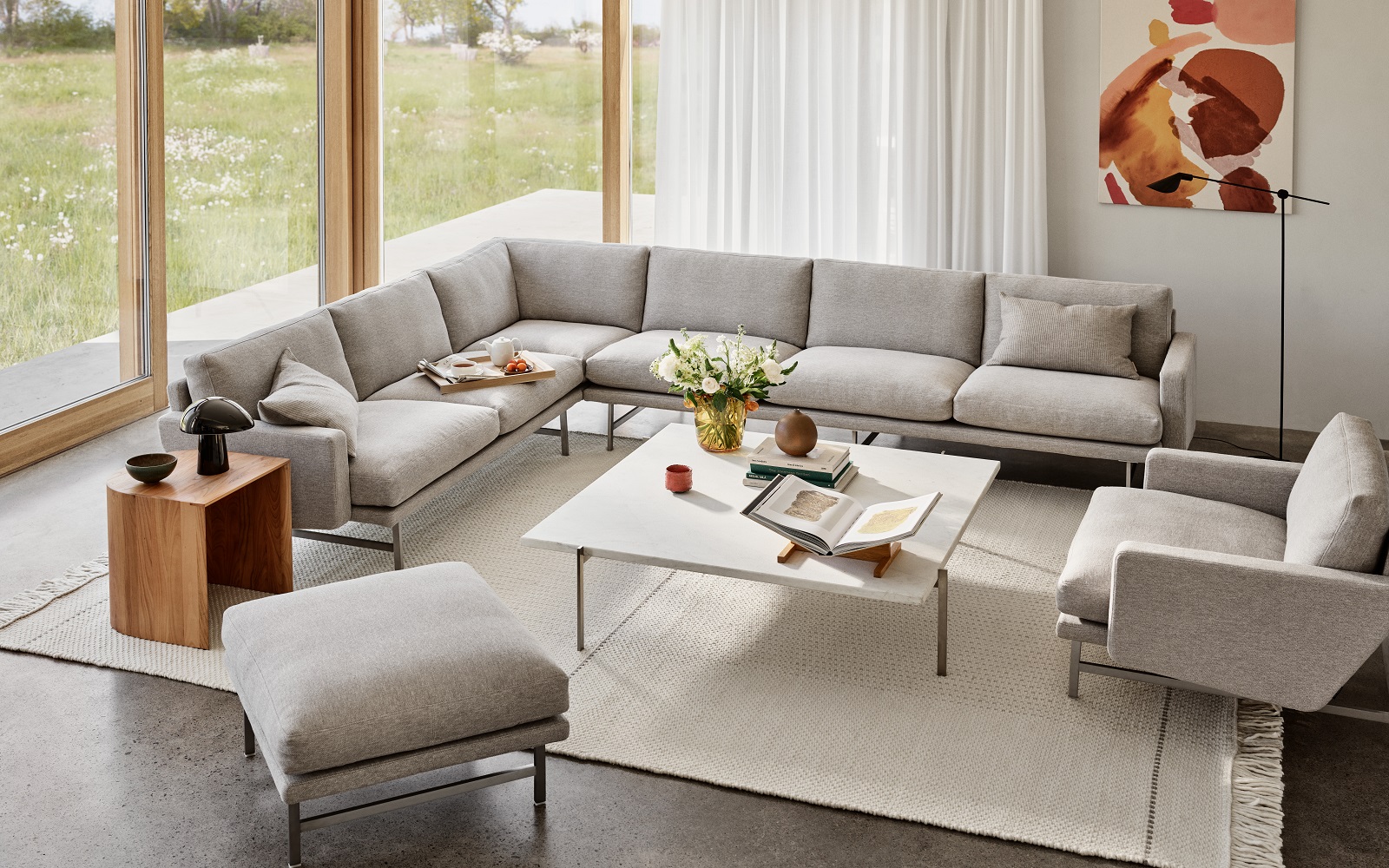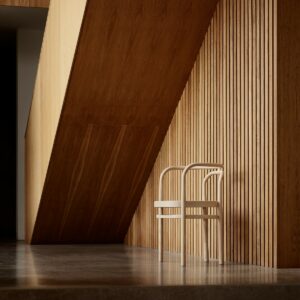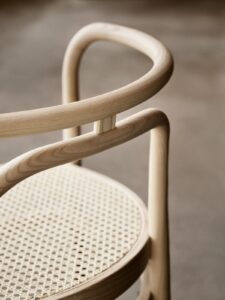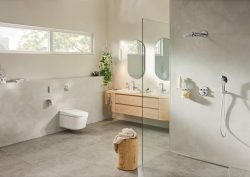From design classics to seating straight off the drawing board, Fritz Hansen continues to champion the pure lines and craftmanship of its 150 year old design roots…

Paging through the Fritz Hansen Lookbook, is a bit like a crash course in the history of contemporary furniture design. The latest additions to its seating portfolio span the decades, some reimagined, some hot off the press, while maintaining the characteristic lines and attention to detail on all fronts.
A furniture design with a human approach, the Lissoni sofa has delighted design afficionados since it was first introduced in 2006. Characterised by clean lines and flawless attention to detail, the sofa’s distinct yet minimalist expression elevates and adds character to any room and from any angle. ”It is my ambition to design simple and classic furniture that radiates calmness,” commented Piero Lissoni on his design. “We are surrounded daily by so much visual noise that we need the peace.”
Fritz Hansen has now added new configurations to the sleek series, updating its sophisticated flexibility with freestanding poufs and lounge chairs in two sizes, as well as left- and right-facing corner modules that attach seamlessly to the two- and three-seater sofas. A natural extension of the streamlined series, the new additions allow for bespoke configurations in much larger spaces – in a nod to the design’s Italian roots.

Image credit: Fritz Hanson
“Lissoni Sofa emerged first of all as a large bench, then became a sofa with arms, then a sofa with dimensions that were more appropriate, comfortable and international and this year we decided to progress it even further,” continued Lissoni. “The new configurations can create an infinite variety of worlds from microscopic compositions for small Scandinavian house to innumerable compositions destined for large American lofts.”

Image credit: Fritz Hansen
Scaling down from a sofa to a stool, the new Taburet stool by Cecilie Manz reveals a versatile design highlighting beauty in precision craftsmanship. Taburet is a design that demands absolute precision. Made with uncompromising craftsmanship and a keen eye for detail, Manz’s latest design for Fritz Hansen profiles her journey as a designer, demonstrated in purist lines pared back to their essence and refined craft. The aesthetically compelling Taburet is crafted in FSC-certified solid wood with visible grain.
Carefully shaped into elliptical forms offset by angular lines that make it an intriguing and attractive addition to lounge and dining spaces, its subtly concaved seat ensures a restful seating position, while it is the attention to detail that sets it apart from its peers, with seamless joints, perfectly balanced dimensions and meticulously aligned grain patterns.

Image credit: Fritz Hansen
In addition, Fritz Hansen has introduced the PK15 chair by Poul Kjærholm, the last chair created by the revered Danish architect and furniture designer and a sculptural expression in wood. A masterpiece of craftsmanship, the PK15 was designed in 1979 and is an exemplar of the clarity and rigour of Kjærholm’s
furniture pieces and his constant experimentation with materials and techniques. The chair represents a departure from his primary material steel, combining two natural elements, steam bent ash and wicker, with which Kjærholm had a long fascination.

Image credit: Fritz Hansen
For Fritz Hansen the PK15 is a tour de force, a highly complex piece of woodworking craftsmanship that results in a radically simple expression of two traditional materials. The result of an exhaustive development process that pushes steam bending to the limits, the chair is both linear and curved with one piece of solid wood forming the backrest and then turning at right angles to become the straight front legs. Another single piece of wood forms the inner arch of the backrest and back legs. The seat expresses the geometry of the structure, elliptical but opening wide to the front. The French webbing of the wicker adds a regular linear element and its open weave creates a lightness through transparency that is a central tenet of many of Kjærholm’s designs.
For the 151-year-old Fritz Hansen the PK15 marks a return to its early roots, when it explored steam bending, won the license to manufacture Thonet-Mundus in the Nordics, and then developed a Danish chair with a Scandinavian design language.
Fritz Hansen is one of our Recommended Suppliers and regularly features in our Supplier News section of the website. If you are interested in becoming one of our Recommended Suppliers, please email Katy Phillips.
Main image credit: Fritz Hansen






























